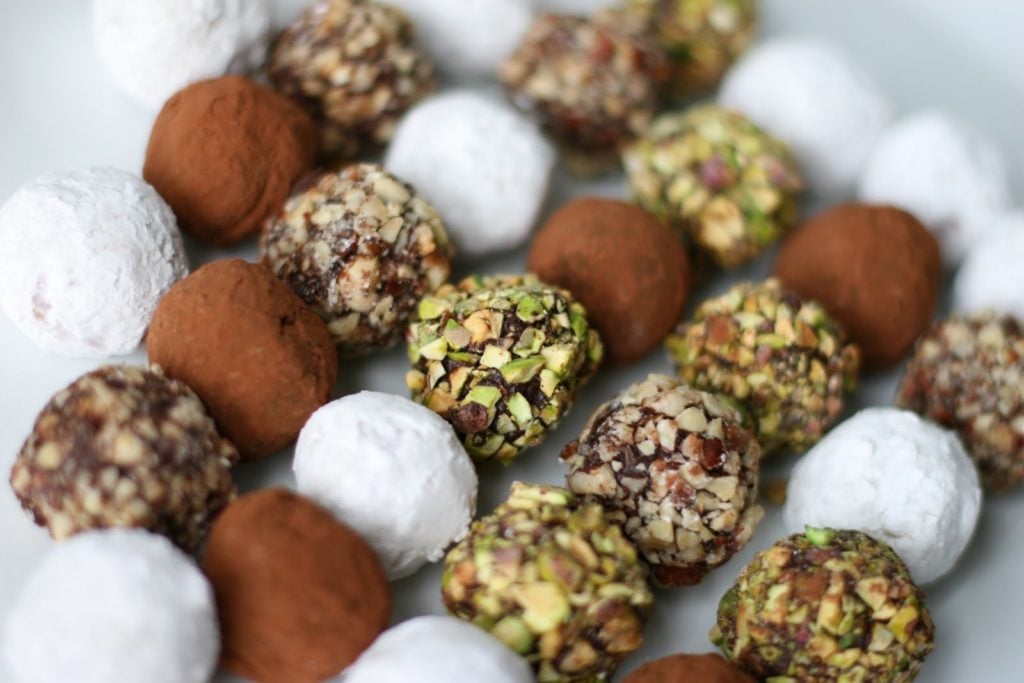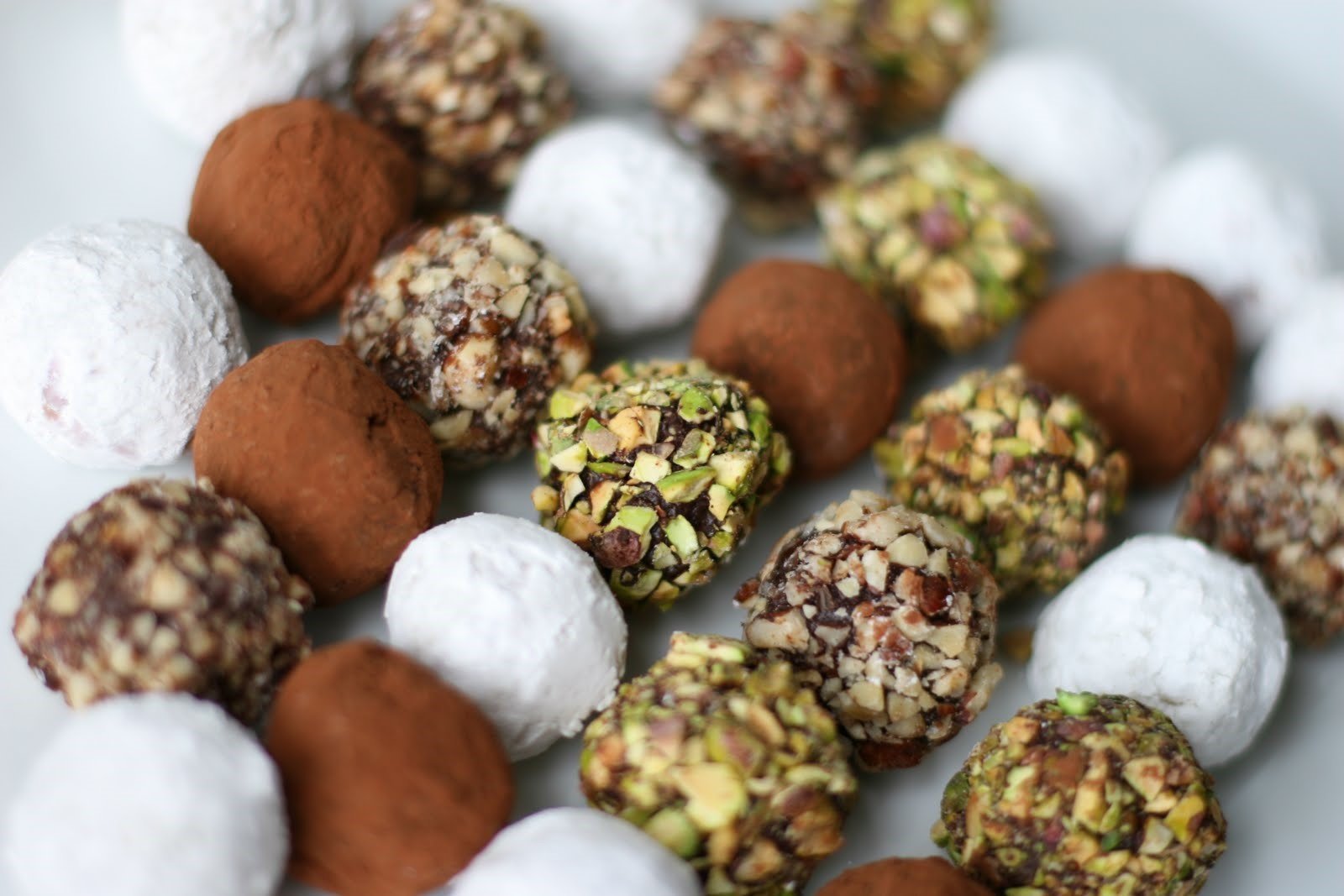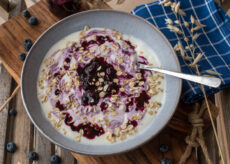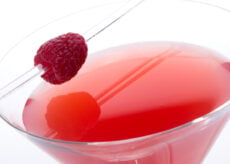Chocolate Is a Symbol of Love: Here’s Why (+ 1 Decadent Recipe)

Chocolate’s association with love and romance has a rich history. One that’s interwoven with cultural practices, historical uses, and the inherent qualities of chocolate itself. The reason chocolate is a symbol of love can be traced back to ancient civilizations and has evolved over the centuries. Today, it’s a global sign of affection, indulgence, and romantic feelings.
Let’s travel through time to explore why chocolate is considered a symbol of love, its rich history, and its continued significance today.
Chocolate Is a Symbol of Love with Ancient Roots
The history of chocolate as a symbol of love began with its first known consumption. Ancient Mesoamerican civilizations, like the Aztecs and Mayans, considered chocolate—or the beans it’s made from—to be a gift from the gods.
For example, the Aztecs associated chocolate with the goddess of fertility, Xochiquetzal. This enhanced chocolates’ reputation as a potent symbol of life, vitality, and love. Chocolate was often consumed in ceremonies, including marriages, which further associated it with notions of love and commitment.
When chocolate was later introduced to Europeans in the 16th century, its exotic origins and luxurious nature made it a fast favorite with the aristocracy. Plus, it was believed to be an aphrodisiac that could stir romantic desire and passion.
Even after chocolate became more accessible, its reputation as a symbol of love and luxury persisted. For instance, in the Victorian era, the practice of exchanging gifts during courtships became popular, and chocolate emerged as a preferred gift due to its luxury status and supposed aphrodisiac properties. The tradition of giving chocolate in luxurious, ornate boxes became a way to express interest and affection.
Of course, when you combine love and chocolate, you may immediately think of one day in particular: Valentine’s Day. This tradition can be traced back to the mid-19th century when Richard Cadbury introduced the first box of Valentine’s Day chocolates. The practice of giving chocolates, along with flowers and cards, as expressions of romantic love has since covered the globe, cementing chocolate’s role as a symbol of love.
Chocolate Is a Symbol of Love with Chemical Connections
Chocolate isn’t just a symbol of love due to history and culture. Chocolate contains several chemical compounds that have been shown to enhance mood. For example, it contains theobromine and phenylethylamine, which may mimic the brain chemistry of a person in love.
In addition, eating chocolate involves multiple senses, including taste, smell, and touch. This can enhance the emotional experience and lead to lasting memories of pleasure, satisfaction, and affection. The sensory pleasure of consuming chocolate, combined with these mood-lifting benefits, contributes to its association with love and comfort.
Chocolate, particularly dark chocolate, is renowned not only for its rich taste and texture but also for its array of potential health benefits. These benefits stem from the cocoa bean, which is packed with important nutrients and bioactive compounds. For example, chocolate is rich in antioxidants, including flavonoids, polyphenols, and catechins, which help neutralize free radicals and reduce oxidative stress.
These nutrients may also help support heart health, lowering blood pressure by stimulating the body to produce nitric oxide to relax the arteries. This could then help improve blood flow to the heart and brain, reduce the risk of blood clots, and increase blood vessel elasticity.
It may also help increase levels of high-density lipoprotein (HDL), often referred to as the “good” cholesterol, and lower low-density lipoprotein (LDL), considered the “bad” cholesterol.
Other potential health benefits of dark chocolate include improving the regulation of blood sugar, supporting blood flow to the brain for cognitive function support, and improving mood and pleasure. It may also be good for the skin as the flavonoids help protect against sun damage while improving blood flow to the skin as well as enhancing skin density and hydration.
While dark chocolate appears to offer potent benefits, it’s also high in calories and sugar. So, if consumed in excess, any benefits could be negated. Thus, moderation is key. Opt for dark chocolate with at least 75% cocoa and consume small amounts to maximize the potential benefits while minimizing possible risks.
One delicious way to eat your chocolate more healthfully is with this simple yet so decadent (and keto- or low-carb friendly) recipe.

Ingredients
- 1/2 cup unsweetened cocoa powder
- 4 oz cream cheese
- 1 – 2 Tbsp heavy whipping cream
- 3 Tbsp Truvia
- 1/2 tsp almond extract
- cocoa powder
- unsweetened coconut
Instructions
- Combine cocoa powder, cream cheese, heavy whipping cream, Truvia, and almond extract until well blended.
- Divide the mixture evenly and roll into balls using a small scoop or spoon.
- Roll balls in the desired topping—such as cocoa, coconut, or chopped nuts.
- Store in the refrigerator.
- Enjoy!
Notes
Nutrition
Chocolate Is a Symbol of Love Yesterday, Today, and Tomorrow
Chocolate remains a popular way to express love, gratitude, and affection, not just on Valentine’s Day but on many other occasions—from weddings to anniversaries to everyday romantic gestures. This explains the abundance and variety of chocolates available today.
Chocolate’s association with love is deep-rooted in history, cultural practices, and inherent qualities and invites pleasure and emotional connection. All of which work together to solidify chocolate’s seemingly universal representation of love and affection.






